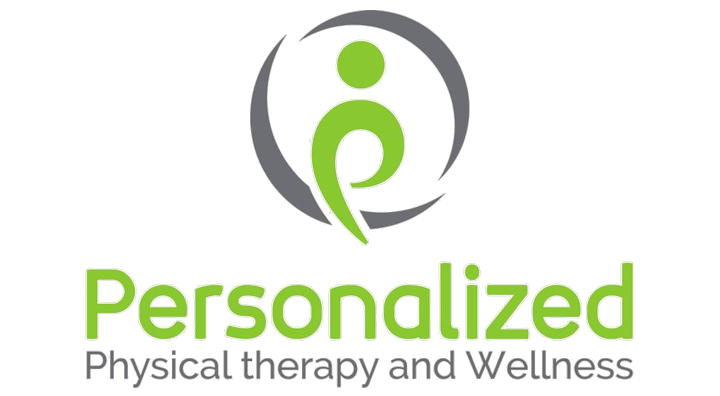Good afternoon, Dr. Sarvar Pathan here from Personalized Physical Therapy and Wellness with Dr. Jane. We’re back again with part two of our tennis elbow series. We’re talking about the treatment for tennis elbow.
If you missed the part one for the causes of tennis elbow and why it happens, we do recommend you to refer back to the other video that we did right before a couple weeks ago. This is for the treatment piece.
4 tips to treat tennis elbow
- The first thing you want to do when you find wherever the pin or spot is on your wrist on the on the side of the elbow. So in her case, we right there and you put a little bit of lotion, take a butter knife, and you just go back of the butter knife lengthwise. There are two different strokes, one is lengthwise just nice and gentle. You want to feel a little bit of tenderness, the same kindness that he would feel on the palpation but not a whole lot of pressure. Very gentle and then the other move is the across. Yep, just like that. One is lengthwise the other one is across the muscle fibers, usually the muscle fibers on the tennis elbow muscle, which is the extensor radius Carpi brevis. It goes lengthwise this way, and you want to address both of them straight and then across. That’s the first tip is to massage and not to hard. Yeah, because I have a tendency to do everything too hard, so not too hard, correct? Absolutely.
2) You could have a butter knife and do the massage, you move into the isometrics piece because you want to release all the adhesions first, and then you want to strengthen all the muscle fibers in the area. So you have major four muscle groups, the extensors, the flexors, the radio aviators, and the unarmed aviators. There are different brands and different intensity, the rubber band intensity, so this is perfect. For her, and so you’re wearing it and opening like Jane is doing just now. And you hold it for maybe a couple of seconds, and you release and you do that about 10 repetitions maybe once or twice a day is a good frequency.
3) The other muscle that you want to also target is the ecrb, which is the extensor carpi radialis brevis, which is also one of the concrete muscles in the tennis elbow. And so you’re wearing it much deeper into the fingers, maybe on the second knuckle area, and then you’re opening, excellent opening the fingers apart more than just extension. And you hold that for a couple of seconds and do fine with them. And one thing that I would like to point Jane is that you had the elbow bent and you can do it either way. You can do it bent or straight because that’s how you usually trigger so as you progress from the bench to the straight position, so that’s a good feedback there and then the flexor group, so that’s the front flexor area and so again, a stress ball or a stress rain. Nice exercise a grip exerciser. Yeah, this really helps get rid of stress so big, very needed these days to to especially these days.
4) Now comes the dumbbell. So basically we did the flexor, the extensor, we were going to target the radio the meters in June is very nicely demonstrating the actual radial deviation motion that we tend to do in tennis or even during the day to day activities like driving or computer use. And then the other group is just the old navigators is the back of our deviation motion that she’s doing. This is the second half of the treatment or second part of the treatment, which is the strengthening and the isometrics. We don’t have any pain with any of these movements and if you do, please let us know we can certainly help you.
Then the third last part comes is the ice pack and you want to have a nice ice cube in itself and you can apply the ice cube directly freeze water in a styrofoam cup and put the ice cube directly and kind of massage it once or twice. You can also use an ice pack like how Jane has, and you’re placing it and sort of sliding and rubbing on that area. Doing that for about a minute and a half, two minutes. You can even strap it in, just leave it alone for about 10 minutes. That’s a good good practice for keeping all of the level inflammatory response that we gave for increased healing to subside and kind of calm down and allow for more healing happening over time. Best to do this after you do the exercises as well as after you play. I would recommend absolutely yeah, after play is important because that’s when you’re going to retrigger if that’s the cause, and so it’s good practice to have a nice pack or even just some ice cubes around and just kind of placing it in that area. Absolutely.
Okay. Well, very good. Thank you, Jane, again for participating with our treatment. And thanks everyone who’s watching and we We’ll be back again with the COVID-19 Health series.
